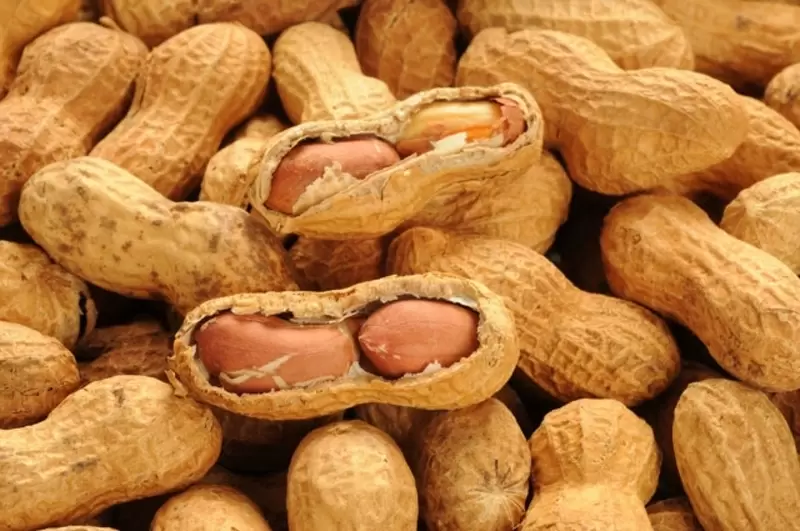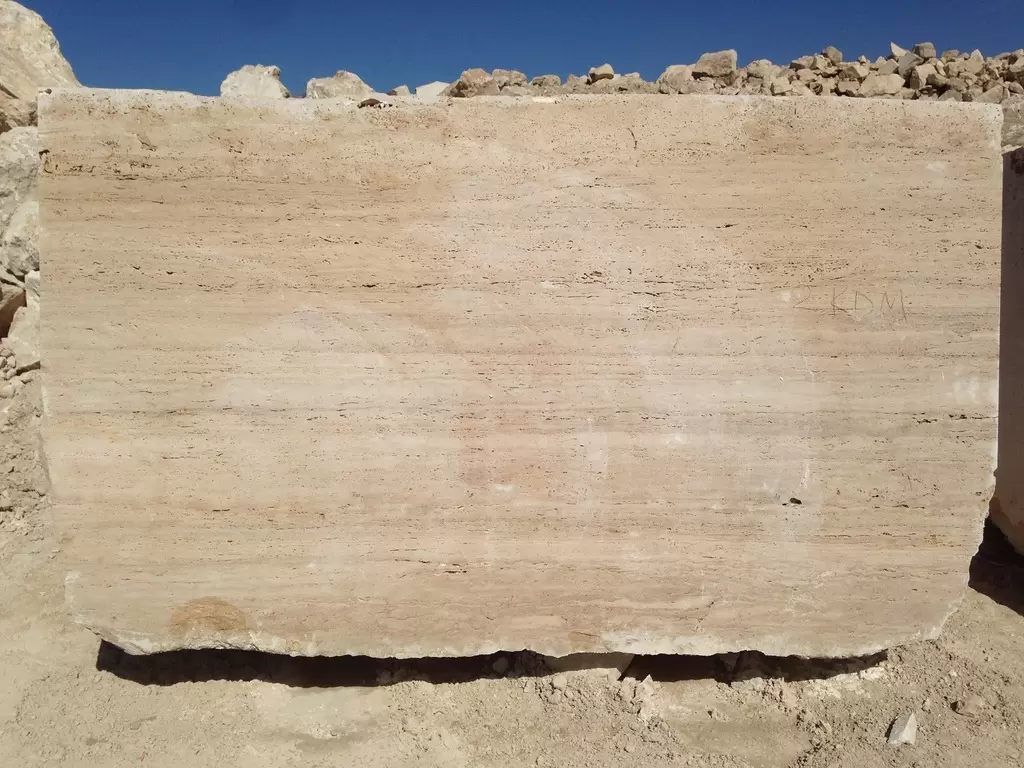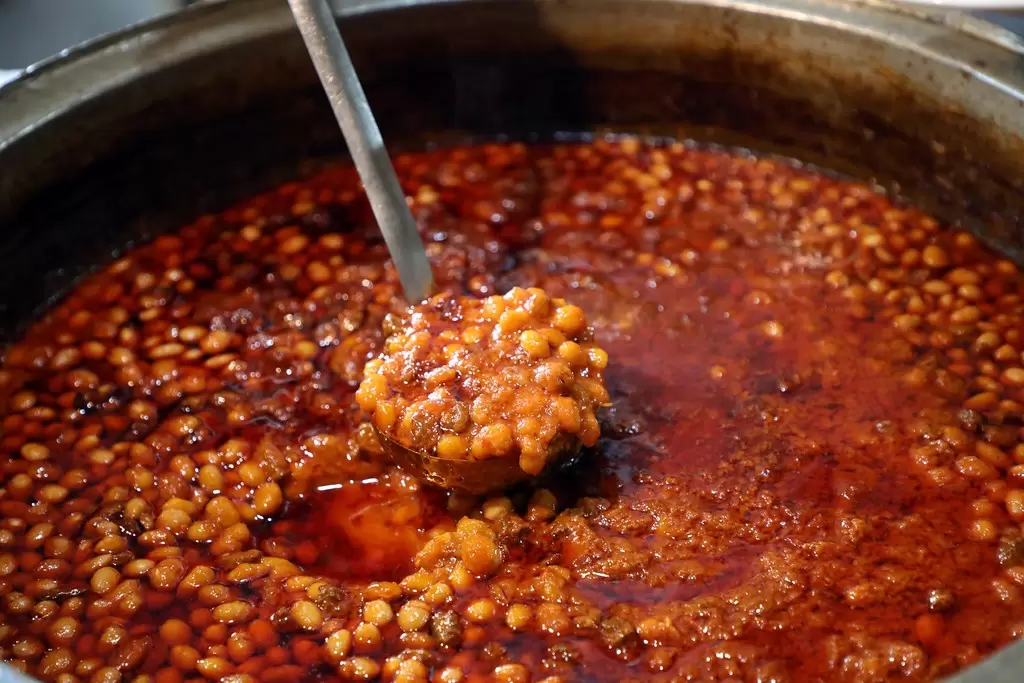
Osmaniye Peanut, a geographically indicated product from Turkey's Osmaniye region, is celebrated for its exceptional quality, rich flavor, and wide range of uses. Known for its large size, smooth texture, and thin shell, it stands out as a premium peanut variety. Grown in the region's fertile soils and warm climate, Osmaniye Peanut reflects the expertise and dedication of local farmers, making it a cornerstone of Osmaniye’s agricultural identity.
Distinctive Features
-
Superior Physical Characteristics
- Size and Shape: Osmaniye Peanuts are medium to large in size, with smooth, elongated shells. The kernels inside are plump and uniform.
- Shell: The shells are thin but sturdy, making them easy to crack while providing good protection during storage and transport.
- Color: The peanut kernels range from light cream to golden brown, with a smooth, appealing appearance.
-
High Nutritional Value
- Rich in protein (20–30%) and oils (45–60%), Osmaniye Peanuts are a nutritious snack and an excellent source of energy.
- Contain essential minerals such as magnesium, potassium, and phosphorus, along with vitamins like B-complex and E.
- High in dietary fiber and healthy fats, contributing to heart health and overall well-being.
-
Optimal Growing Conditions
- Soil and Climate: The warm Mediterranean climate and fertile, well-drained soils of Osmaniye provide ideal conditions for peanut cultivation.
- Plant Characteristics: Osmaniye Peanut plants have a strong taproot system and produce pods underground, protecting the seeds from pests and environmental stress.
-
Cultivation and Harvesting
- Peanuts are sown between April and May, depending on the variety and soil conditions.
- The growth cycle includes stages of vegetative growth, flowering, pod development, and ripening, which last about 100–120 days.
- Harvesting takes place in late summer or early autumn, ensuring optimal ripeness and flavor.
-
Versatility in Use
- Culinary Uses: Osmaniye Peanuts are widely used in snacking, cooking, and as an ingredient in confectionery items like peanut butter, chocolates, and pastries.
- Oil Production: The high oil content makes it an excellent choice for peanut oil, used in cooking and as a base in various industrial products.
- Animal Feed: The residual peanut meal, after oil extraction, is used as a high-protein feed for livestock.
- Industrial Applications: Peanut shells are utilized in making particleboard, fuel, and other industrial materials.
-
Traditional and Cultural Significance
- Osmaniye Peanut has been a staple in the region's agriculture for generations, deeply embedded in the cultural and economic life of its people.
- It is often featured in local festivals and culinary traditions, showcasing its importance in Osmaniye’s identity.
-
Environmental Sustainability
- The cultivation of Osmaniye Peanut supports sustainable agriculture, as peanuts are nitrogen-fixing plants that enrich the soil.
- Their adaptability to different growing conditions makes them a resilient crop in the face of climate change.
-
Geographical Indication and Recognition
- The geographical indication status guarantees that Osmaniye Peanut is grown and processed in the Osmaniye region using traditional methods.
- This certification preserves its authenticity and promotes the region's reputation as a producer of high-quality peanuts.
Conclusion
Osmaniye Peanut is a remarkable product that combines nutritional excellence, rich flavor, and versatile uses. Its distinctive qualities, rooted in the fertile lands and agricultural heritage of Osmaniye, make it a cherished ingredient in kitchens and industries worldwide. Whether enjoyed as a snack, used in cooking, or processed into oils and confectionery, Osmaniye Peanut represents the best of Turkey's agricultural traditions.


















